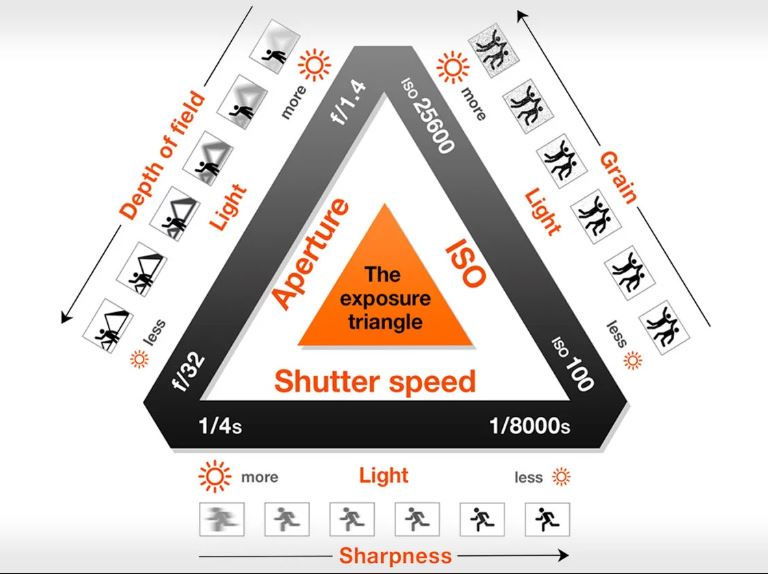Is it time to deconstruct the exposure triangle?
- Gill Prince
- May 29, 2018
- 3 min read

I've been providing photography tuition for over two years now - primarily to people who are looking to get 'off auto' for the first time, but also for those who are at a more advanced level. During this time, I've come to question one of the more well-established teaching tools in the industry - namely the 'exposure triangle'. One example shown here courtesy of PetaPixel.
There are many different versions of this learning tool, but they all follow the same principle. Which is that aperture, shutter speed and ISO all carry equal weight when making decisions about the correct settings for any image. But as I have developed learning tools and refined the process of teaching, I have come to realise that this simply doesn't work. Or at least, I don't think so anyway!
The way I see it, any extremes of aperture and shutter speed are acceptable if they give you the artistic effect you are trying to create. So anything from car light trails at night to a frozen water droplet, or from a landscape where the rocks at your feet and the lighthouse on the far shore are all in focus, to a portrait shot on f1.4 with a pin sharp nose and blurry ears! Any of these is perfectly fine if that's the effect you were trying to create, and so the settings you choose at any point on the scale are also valid.
But ISO simply does not fit this model. In any circumstance, you are always looking for the clearest shot possible, with minimal grain (putting aside any desires for 1940s 'film grain' effects, but there are many other ways of creating that!) - so why should it have equal weighting on this oh-so-convenient equilateral triangle? It feels to me as if the subject has been adjusted to suit the visual model, rather than the visual model being designed to accurately represent the subject.
In reality, the general rule is that you always keep your ISO as low as possible. Usually 100 or thereabouts as a normal baseline. And you only change it if you have to, in order to avoid camera shake when hand-holding, or if a longer exposure would otherwise impact a shot - for example at night on a tripod where you want car light trails, but too long a shutter speed will make them less defined.
So the way I see it, ISO really is a separate entity, and should not be portrayed as an equal to aperture and shutter speed. I'm not denying that it's a vital part of a photographer's toolkit, but simply saying that you only use it when you have to, and never out of choice for artistic effect - unless that film grain effect really is what you're looking for.
So if the triangle doesn't work - what do we do? Having considered this at length I developed the 'exposure see-saw' to teach aperture and shutter speed, to explain how one affects the other, and if you change one side of the see-saw, you have to change the other to compensate. It's simple but effective, and focuses on the two settings which you need control over, in order to make decisions about the artistic aspects of your shot.
Then ISO is simply a tool that lets you 'dial up' the sensitivity of the sensor, if the lighting conditions you find yourself in do not give you an acceptable shutter speed. And that's pretty much it. A relatively minor part of the story, and in my opinion certainly not worth a whole triangle side of its own!










Comments